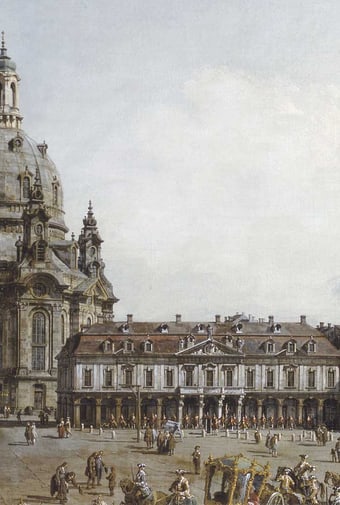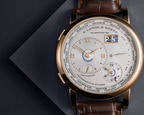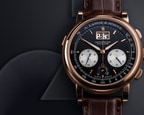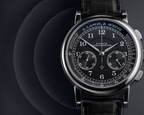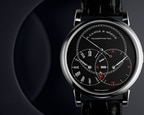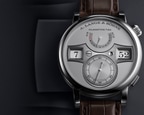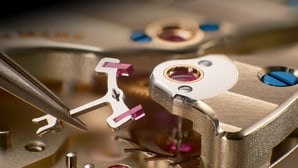As Augustus the Strong, he shapes Saxon history: Prince Frederick Augustus I of Saxony (1670–1733) presents himself as an absolute triumphant ruler and pursues his aims accordingly. Perfection is his standard. This is clear from his focused administrative organisation and clever economic policy – as well as his support for the arts, architecture, craft and science. This profound passion arises since, as a second son, he is not destined for the throne. So the young Saxon prince marvels at the world of nobility at first. Between the ages of 17 and 19, he travels through Europe incognito as the count of Meißen and becomes familiar with life in all of the major courts. Yet when his older brother dies, Frederick Augustus unexpectedly takes the office of elector at the age of 24.
Augustus the Strong makes a clear mark – he turns the Renaissance city of Dresden into an imposing baroque stronghold of art and culture, ordering the construction of the Frauenkirche church and the Japanese palace and the expansion of the Zwinger palace. Hard porcelain is also discovered during this period and the state manufacture in Meißen is established. Augustus the Strong throws legendary parties with pomp and splendour that sometimes last months – as is the fashion in the major European courts at this time.
For his son’s wedding to Princess Maria Josepha of Austria in 1719, he has the Zwinger palace turned into a party space so that high society can celebrate in an appropriate ambience. The large carnival from 22 May to 2 July 1709 plays host to a carousel of the four corners of the globe, a parade, a farm enterprise with eight nations and bird and night-time shooting. The parties are also an investment in the arts and crafts trade – every available artist and the best manufactures in Saxony are commissioned to create the magnificent programme.
Augustus is an enthusiastic, even passionate art lover and collector. At 60,000 thaler, goldsmith and court jeweller Johann Melchior Dinglinger’s famous work “Hofstaat zu Delhi am Geburtstag des Großmoguls Aureng-Zeb” (the court at Delhi on the birthday of the Grand Mughal Aurang-Zeb) is so expensive that it would cost 1.2 million euros in 2018. Augustus the Strong cannot raise the funds right away – he has to pay them off over five years. Yet Augustus does not just collect art for himself – in 1724, he opens the Grüne Gewölbe to the people of the city and its visitors.
The chamber of art established by Elector Augustus in 1560 is now packed with treasures. The diversity and disorder of the collection is no longer fit for scientific purpose. So first of all, Augustus the Strong sets aside the paintings – and reserves space on the top floor of Dresden’s Zwinger pavillion in 1728 for a special cabinet of mathematical instruments. Alongside globes of the earth and the heavens, astronomical and geodetic devices, barometers, thermometers and intricately decorated instruments for calculations, drawings and all kinds of measurement, sundials are among the magnificent treasures in the cabinet from the very beginning.
One of the most valuable pieces in the Mathematisch-Physikalischer Salon is the astronomical clock by Eberhard Baldewein (1525–1593), which was created between 1563 and 1568 in Marburg and Kassel. The brass case is partly fire-gilded and partly silver-plated. The technically and artistically stunning piece shows the earth at its centre with all seven of the planets known at the time surrounding Earth.
The measurement of time
In 1776 Johann Gottfried Köhler (1745–1801) is appointed by the court to the position of inspector, responsible for the chamber of art and the Mathematisch-Physikalischer Salon in the Zwinger palace in Dresden. As an astronomer, meteorologist and excellent mechanic, he has everything at his disposal to achieve significant progress in the area of time measurement. Seven years later, with the help of a pendulum clock, he made himself, he manages to set up the first time service for the observatory in the Zwinger. This service always determines the official time for the city at midday and passes it on to other clocks. Wealthy citizens can take advantage of a very special service – for a fee, an employee from the time service will come to their home regularly and set their clock.
Explore further



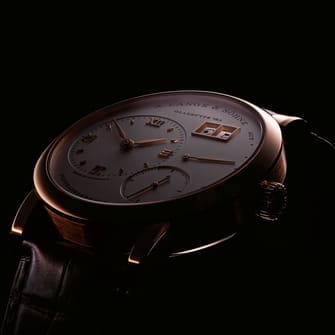
Exclusive insights into the world of fine watchmaking
Experience A. Lange & Söhne’s fascinating heritage, unique stories and exquisite timepieces by subscribing to our newsletter.
